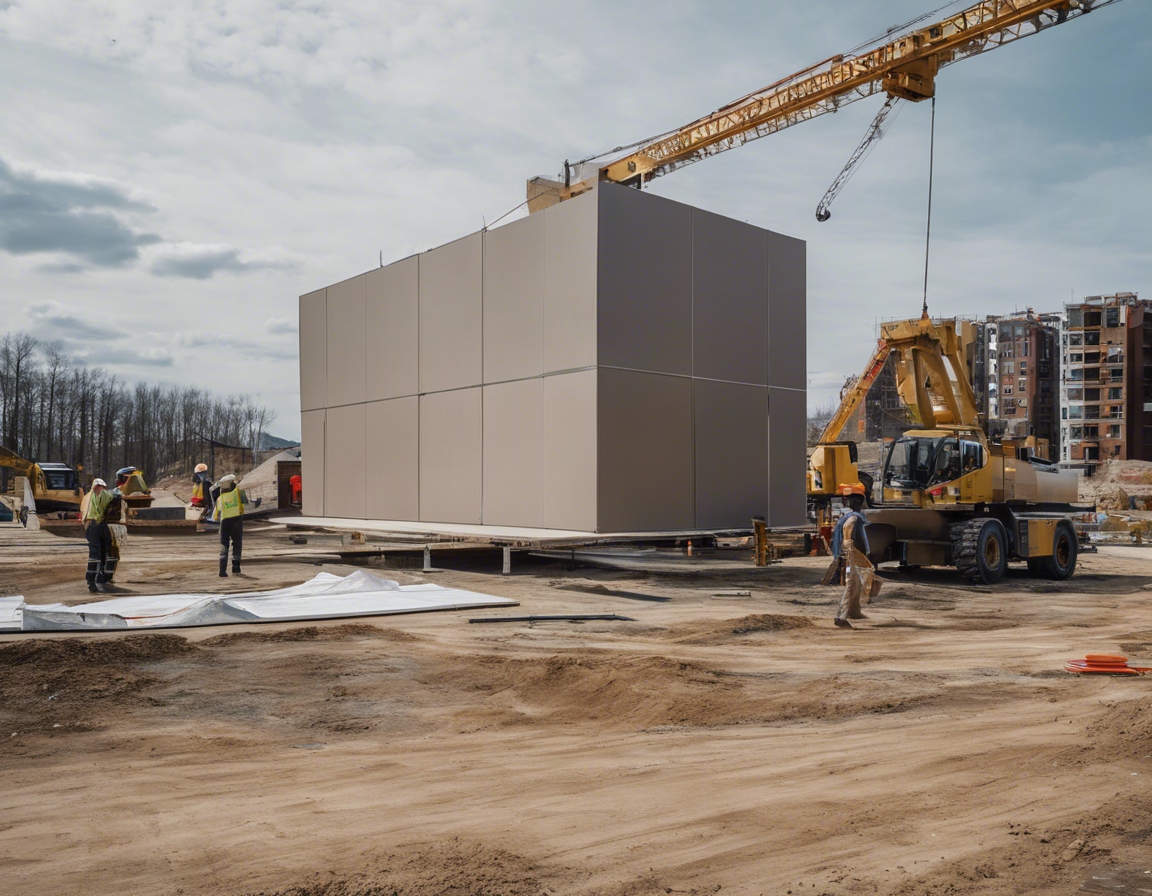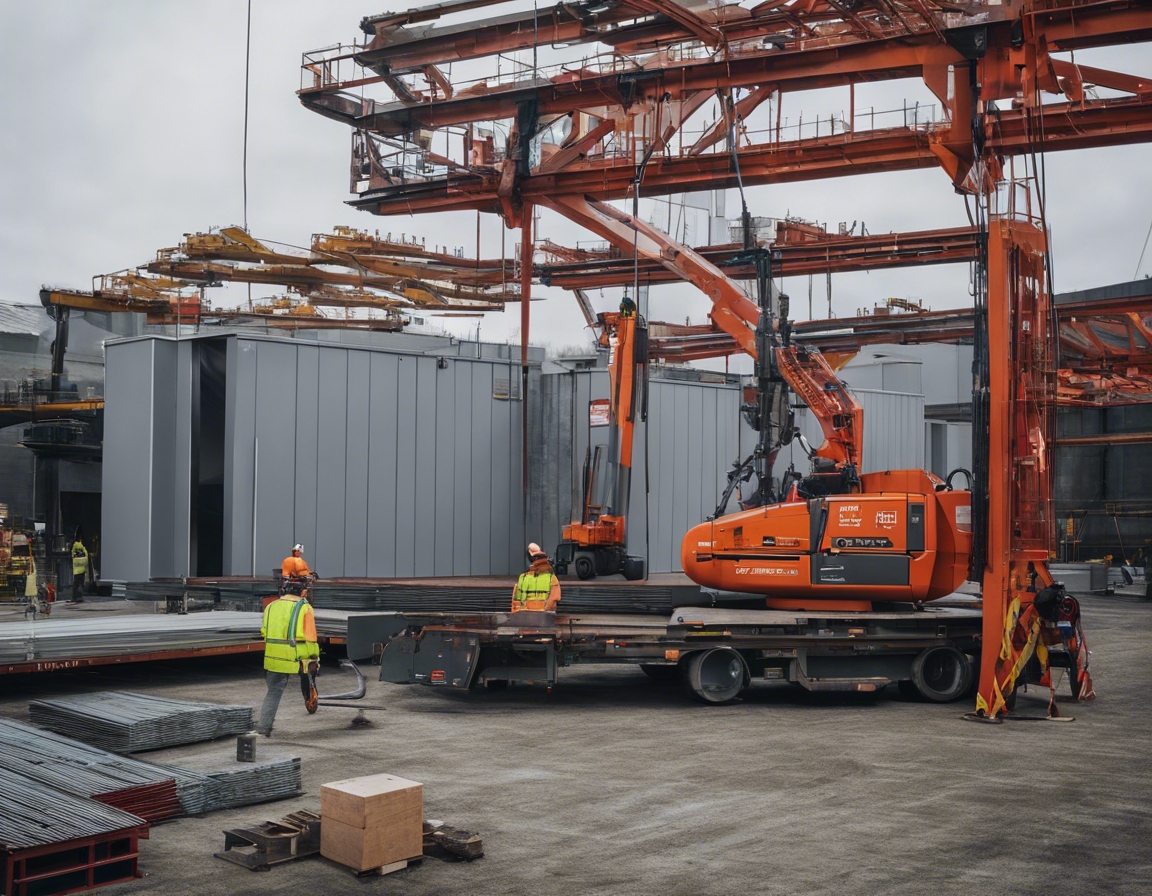5 tips for safe and efficient truss lifting
Truss lifting is a critical task in the construction of residential and commercial buildings, requiring precision and care to ensure structural integrity and worker safety. This process involves the lifting and positioning of trusses, which are the framework for a roof or floor, into their designated place.
Proper truss lifting is essential for the stability of a building. It sets the stage for the rest of the construction process and can significantly impact the project's timeline and budget.
Challenges in truss lifting include managing heavy loads, navigating tight spaces, and ensuring the safety of the construction crew. Overcoming these challenges requires careful planning and execution.
Tip 1: Pre-Lift Planning and Preparation
Before lifting, assess the site for any obstacles and review the truss specifications. This includes understanding the weight, dimensions, and center of gravity of the trusses to be lifted.
A detailed lifting plan should outline the sequence of operations, identify the roles of each team member, and specify the equipment to be used. This plan is crucial for coordinating the lift and ensuring everyone's safety.
Tip 2: Choosing the Right Lifting Equipment
There are various types of lifting equipment suitable for trusses, including cranes, forklifts, and hoists. Each has its advantages and limitations.
When selecting lifting equipment, consider the load capacity, reach, mobility, and compatibility with the trusses. The right equipment will enhance safety and efficiency.
Tip 3: Implementing Rigging Best Practices
Rigging involves the use of cables, chains, and slings to connect the load to the lifting equipment. Proper rigging techniques are essential for a balanced and secure lift.
Use only certified rigging equipment and conduct pre-lift inspections to check for wear or damage. This helps prevent equipment failure and accidents during the lift.
Tip 4: Prioritizing Safety During the Lift
Follow established safety protocols, including wearing personal protective equipment (PPE), establishing exclusion zones, and using spotters to guide the lift.
Monitor weather conditions as they can affect the lift, and ensure that all workers are properly trained and aware of emergency procedures.
Tip 5: Efficient Workflow and Communication
Efficient workflow requires coordination among team members. Assign clear roles and responsibilities to streamline the lifting process.
Use technology, such as two-way radios or construction management software, to maintain clear communication throughout the lift. This ensures that everyone is informed and can respond quickly to any issues.







Comments (0)